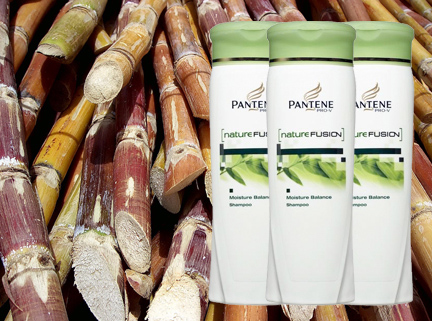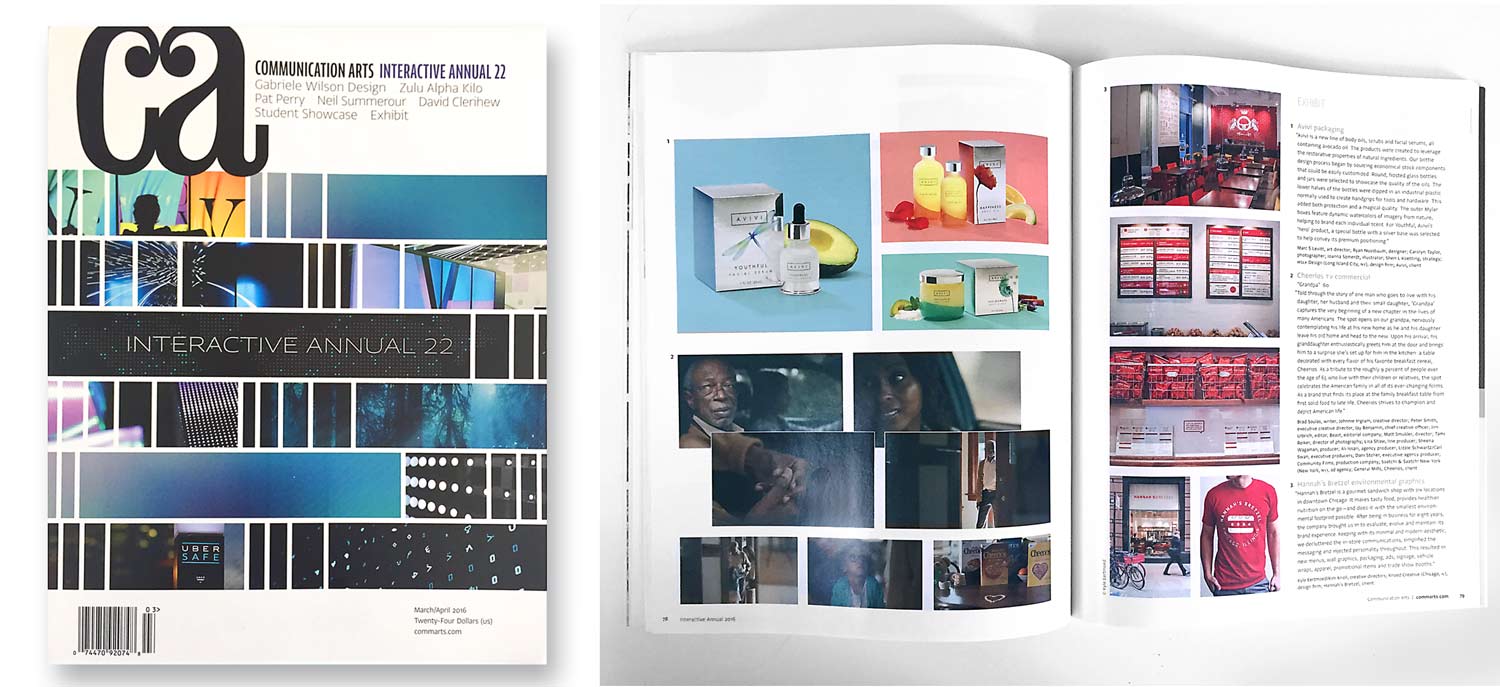
Why Proctor & Gamble’s New Sugarcane Packaging Really Matters

Proctor and Gamble unveiled last week a renewable sugarcane based alternative to plastic that will be implemented on their Pantene Pro-V, CoverGirl, and international Max Factor product lines over the next 2 years. This is truly groundbreaking news and frankly has me more excited about the future of mass production than I have been in a long time. Here’s why:
Obviously when a major industry player like this makes a shift, the impact and influence on the industry is huge. In today’s costly beauty development market only really large companies like P&G have the research and development budgets to create such breakthroughs. Their interest in this development allows material manufacturer, Braskem SA, to be able to grow their knowledge, businesses, and ultimately offer this product to other companies large and small. In addition, this kind of change at a large company who produces billions of plastic packages a year has a tremendous impact on the environment.
The break through comes from P&G, not a brand who is receiving a lot of recognition these days for their green efforts so it’s a big effort from a dark horse. When thinking of large mass market consumer brands going green it seems that Johnson & Johnson has been stealing all the attention. Certainly J&J’s efforts are noteworthy however, they haven’t been able to fully address the issue of plastics with something as sustainable as this. The products J&J are offering with post consumer recycled content are only 30% PCR where as brands like Aveda are already able to achieve products that are 80% – 95% PCR.
Lastly and perhaps most importantly, the packaging is renewable, and recyclable. The material is made from sustainably-grown Brazilian sugar cane verses traditional plastics which come from non-renewable petroleum. Better yet this plastic when cured will have the same properties as high-density polyethylene (HDPE). In fact, it will carry HDPE’s #2 resin code and will be accepted by recycling programs and recyclable.
This is a significant breakthrough because currently most plastic alternatives such as corn and sugarcane based PLA, are biodegradable but not recyclable. These products often look like normal plastic packaging and confused consumers who put them in recycling bins. Through our work with the NYC Department of Recycling, we have learned that when a PLA product ends up in recycling centers undetected it can actually spoil an entire batch of recycling.
According to P&G the demand for this new packaging was entirely consumer driven, which is encouraging for beauty and mass brands alike. ”As we talk with women around the world, they tell us that they want to make themselves more beautiful without making their environment less beautiful,” said Gina Drosos, Group President, Global P&G Beauty.” With this new packaging innovation, women can have confidence that their favorite brands are helping to make a difference.”
The new packaging is set to roll out over the next 2 years. Look for the first products to hit the shelves in 2011.

